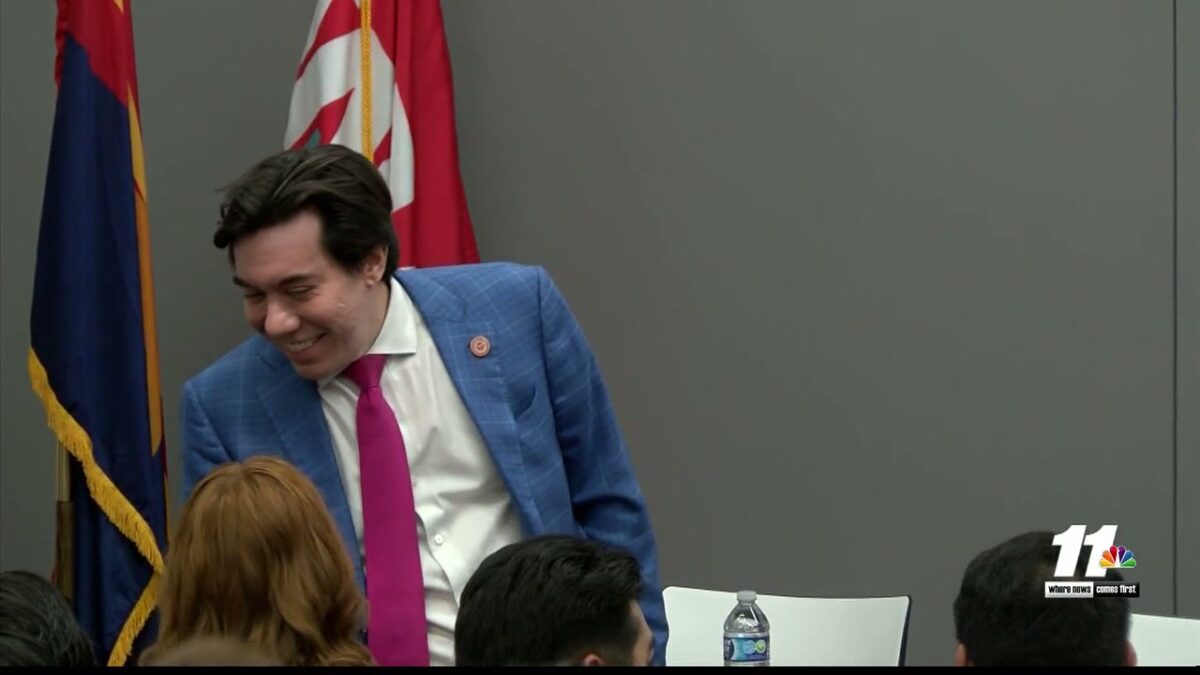By Shelby Lofton
Click here for updates on this story
PARK CITY, Utah (KSL, KSL-TV) — The state’s first girls’ high school flag football league has started its inaugural season.
The Utah High School Girls Football Association has teams in high schools across the state, including Park City High School.
That’s where Erin Miller coaches 34 girls in eighth through 12th grade.
“It went from eight the week before school started, before we knew it, we were just like, ‘We don’t have enough jerseys,'” she said.
She and her co-head coach, Brandon Heaney, said the interest was so high, they created two teams. They also have some members from neighboring high schools.
“I think the sport’s going to get bigger throughout the years, and we’re going to try and get a team at Wasatch next year,” said player Lily Millett, a senior at Wasatch High School.
Flag football is an official, sanctioned high school sport in 17 other states, but not yet in Utah. The sport will also be played at the 2028 Summer Olympic Games.
Heaney said football should be more accessible. He played at Brigham Young University from 2001-2004.
“We’re watching the men play, and these girls grew up in that culture, and they love it,” he said. “And now they have an opportunity to express their athleticism on the football field.”
He said he wasn’t sure if his sons would ever play football, much less his daughter, Brighton, who is in eighth grade.
“She’s been actually playing flag football in the rec leagues for the last three years with the boys,” Heaney said. “The problem was there was not an avenue for her to keep playing.”
Miller said she was recruited to coach the team. She works for the Park City School District and plays football.
“I played for the Utah Falconz; we’re a part of the Women’s National Football Conference,” Miller said. “I’ve been playing tackle football for 12 years. I’ve been playing flag since I was 6.”
Miller said the Las Vegas Raiders are helping flag football expand in Utah.
“They’re going to cover our registration fee to get into the tournament, and they provide some swag for us,” she said.
She said the sport allows girls to try something new, and it helps them build on their strengths.
“(You got) to see the athleticism, like, these girls from day one to now, it’s a different team,” Miller said. “I don’t think that there’s haters. And if they want to continue to hate, then I welcome them to stand on the sidelines with us and so that they can understand what we’re trying to build.”
Park City senior and quarterback Coco Crawford said when the team started practice a few weeks ago, it was awkward. A few weeks in, and a few games under its belt, she’s impressed with its progress.
“Even after a month, I feel like we’ve grown so much together, and I’m honestly so happy that I decided to join this sport because I’ve made so many new connections with the underclassmen and even some of the eighth graders,” she said.
The league aims to make flag football more inclusive and move toward making it an officially sanctioned high school sport in Utah.
“My goal has been to play fast and have fun, and start building the foundation for the program and the league,” Heaney said.
He said he’s seen his daughter grow in the past few weeks.
“Seeing the competition rise has made her also have to rise to that competition level and create a belief in herself that she belongs out here and she absolutely does,” he said.
Miller and her players said there’s a lot of support for the team. Members of the Park City boys’ football team came to cheer for the girls at Tuesday night’s games.
“We’re probably going to get the cheerleaders, we’re going to get the band (and) we’re playing senior night, so the community, just, it’s a vibe up here,” Miller said. “They love what we’re doing up here, and they just want to support us full-heartedly.”
Please note: This content carries a strict local market embargo. If you share the same market as the contributor of this article, you may not use it on any platform.






